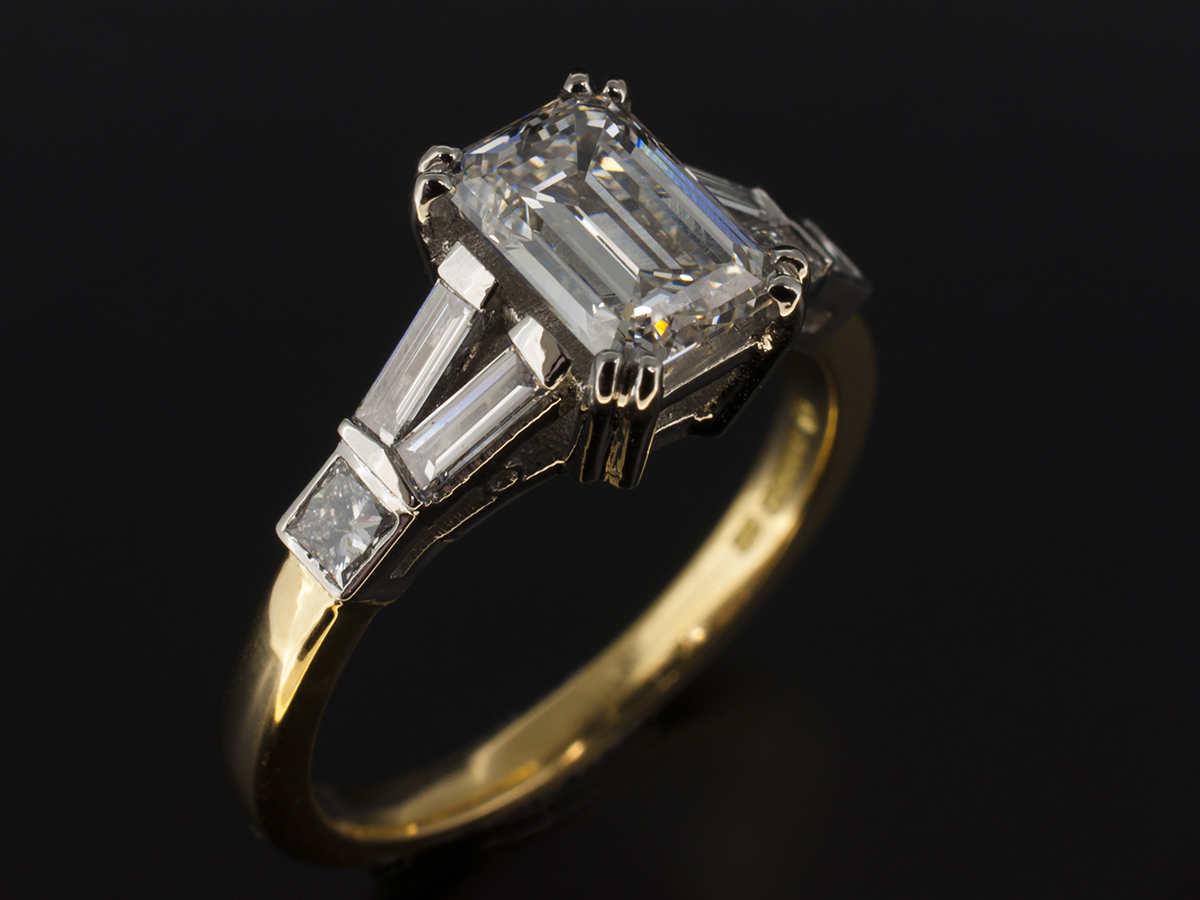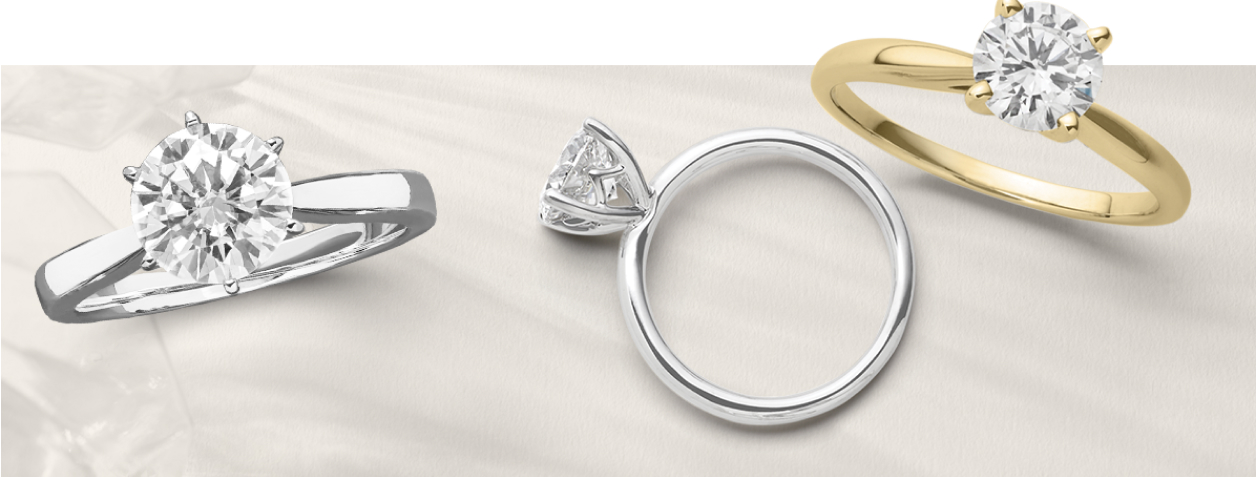
Embracing Ethical Brilliance: Exquisite Claw Designs for Lab-Grown Diamond Rings
Table of Contents
ToggleIntroduction to Lab-Grown Diamond Rings
Lab-grown diamonds are cultivated in controlled environments that replicate the natural diamond-growing process. They possess the same chemical composition and physical properties as mined diamonds, making them a sustainable and socially responsible choice for conscientious consumers.
Importance of Claws in Diamond Rings
Claws, also known as prongs, are tiny metal pieces that grip the diamond securely onto the ring’s setting claws for lab grown diamond rings. Beyond their functional role in securing the stone, claws also play a significant aesthetic role, influencing the overall look of the ring.
Types of Claws Used in Jewelry
Various types of claw settings exist, including prong, bezel, and tension settings. Each type offers distinct advantages and considerations based on factors such as diamond shape, size, and wearer preference.
Specific Considerations for Lab-Grown Diamonds
Lab-grown diamonds have unique characteristics that affect how claws should be chosen. Their hardness and composition differ slightly from mined diamonds, influencing the choice of setting for optimal security and light reflection.
Factors to Consider When Choosing Claws for Lab-Grown Diamond Rings
When selecting claws for lab-grown diamond rings, durability and security are paramount. The number of claws and their positioning can impact how well the diamond is protected and displayed.
Popular Designs and Trends
Modern jewelry trends emphasize sleek and minimalistic designs that showcase the diamond’s brilliance while ensuring it remains securely in place. Claw designs have evolved to meet these aesthetic preferences while maintaining functionality.
Man made diamonds, also known as lab-grown diamonds or synthetic diamonds, are created through advanced technological processes that replicate the natural conditions under which diamonds form in the Earth’s mantle. These diamonds are chemically and physically identical to natural diamonds, composed of carbon atoms arranged in the characteristic diamond crystal structure.
Technical Aspects of Claw Settings
Prong settings are most commonly used for their ability to maximize light exposure to the diamond, enhancing its sparkle. Bezel settings, on the other hand, offer a more secure grip but may slightly reduce the visible surface area of the diamond.
Maintenance and Care Tips
To keep lab-grown diamond rings with claws looking their best, regular cleaning and maintenance are essential. Gentle cleaning with mild soap and water and periodic professional inspections can prevent damage to the claws and ensure the diamond remains secure.
Comparison with Claws for Mined Diamond Rings
While the choice of claws is similar for both lab-grown and mined diamond rings, considerations such as hardness and composition may lead to slight differences in setting techniques and durability expectations.
Expert Insights on Claw Selection
Jewelry designers recommend consulting with experts to choose the most suitable claw setting based on personal style, lifestyle factors, and budget. Customization options allow for a tailored approach to ring design that reflects individual preferences.
Ethical and Environmental Considerations
Opting for lab-grown diamonds aligns with sustainability efforts in the jewelry industry minimizing environmental impact and supporting ethical practices. Claw settings that enhance the beauty of lab-grown diamonds contribute to their growing popularity among environmentally conscious consumers.
Cost Considerations
Lab-grown diamond rings often offer better value for money compared to mined diamond rings, allowing consumers to invest in larger or higher-quality stones without exceeding their budget.
Case Studies and Customer Experiences
Real-life examples demonstrate the versatility of claw settings in lab-grown diamond rings, showcasing how different designs can complement various diamond shapes and sizes.
Conclusion
Choosing the right claws for lab-grown diamond rings involves considering both aesthetic preferences and practical considerations. By understanding the role of claws in enhancing the beauty and security of the ring, consumers can make informed decisions that align with their values and style preferences.



